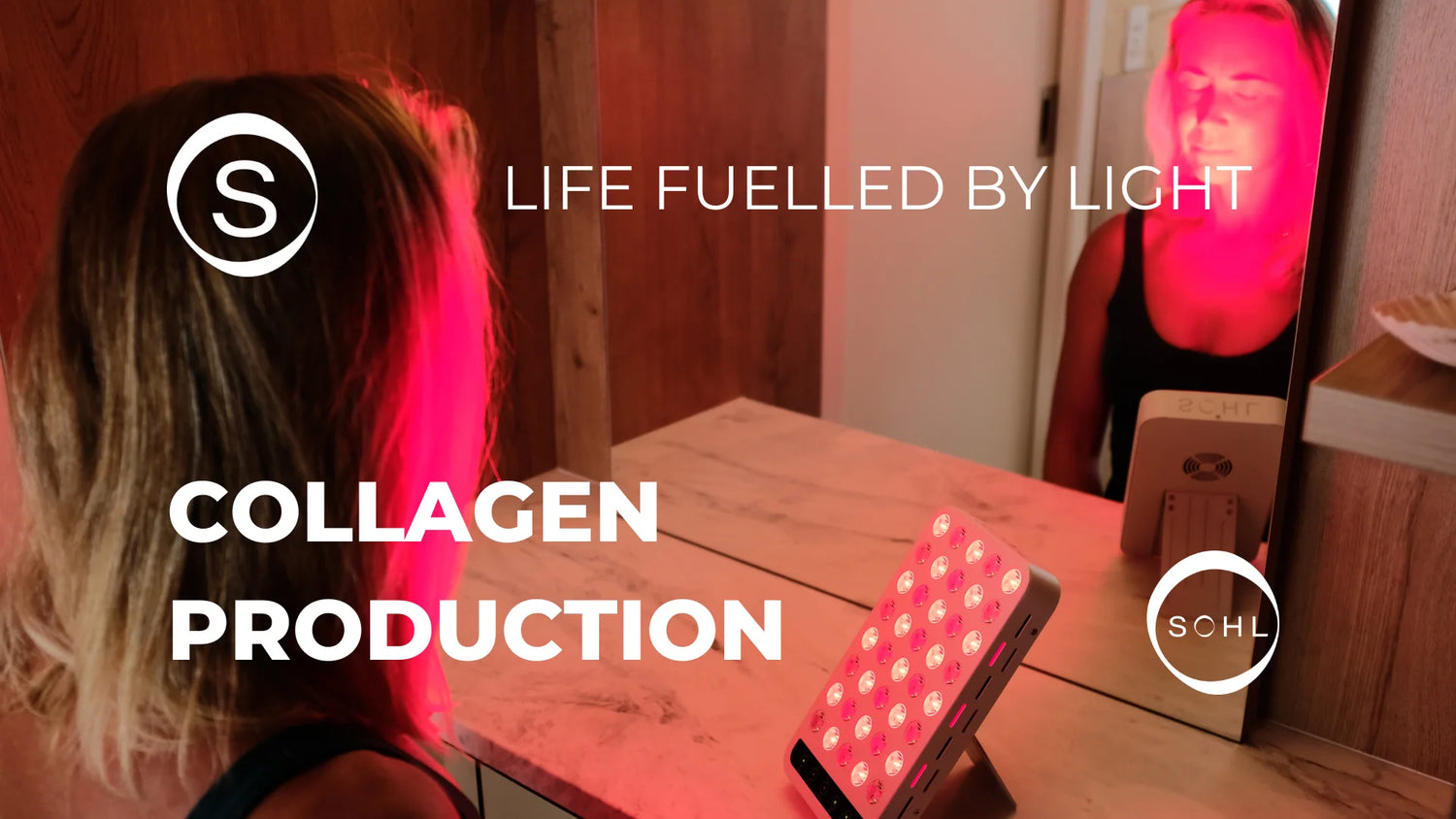Red light therapy, also known as photobiomodulation therapy or low-level light therapy, is a non-invasive treatment that uses red or near-infrared light to stimulate cellular function and promote healing.
While it may sound like a new-age fad, red light therapy has been studied extensively in both clinical and laboratory settings. In this blog, we'll take a closer look at the research behind this innovative therapy and explore why it's gaining popularity in the health and wellness industry.
The Science
First, let's dive into the science behind red light therapy. Red light therapy works by delivering low-level light energy to the body's cells, which stimulates the production of ATP (adenosine triphosphate), the energy currency of cells. This, in turn, triggers a cascade of cellular processes that can promote healing, reduce inflammation, and improve overall cellular function. Red light therapy is effective in treating a wide range of conditions, including musculoskeletal pain, skin conditions, and even depression.
Osteoarthritis and Low Back Pain
One of the most well-studied applications of red light therapy is in the treatment of chronic musculoskeletal pain, such as back pain, arthritis, and fibromyalgia. A 2014 study published in the Journal of Clinical Rheumatology found that red light therapy was effective in reducing pain and stiffness in patients with knee osteoarthritis. Another study, published in the Journal of Back and Musculoskeletal Rehabilitation, found that red light therapy significantly reduced pain and disability in patients with chronic low back pain. These studies suggest that red light therapy may be a safe and effective alternative to more invasive pain management therapies, such as surgery or prescription pain medication.
Scars, Fine Lines and Wrinkles
In addition to its pain-relieving properties, red light therapy has also been shown to improve skin health. A 2013 study published in the journal Photomedicine and Laser Surgery found that red light therapy improved the appearance of fine lines and wrinkles in the face of study participants. Another study, published in the Journal of Cosmetic and Laser Therapy, found that red light therapy improved the appearance of acne scars in study participants. These findings suggest that red light therapy may be a safe and effective alternative to more invasive cosmetic procedures, such as chemical peels or laser resurfacing.
Depression and Symptoms of Low Mood
But the benefits of red light therapy don't stop there. A 2016 study published in the Journal of Affective Disorders found that red light therapy was effective in treating symptoms of depression in study participants. The researchers suggest that this may be because red light therapy has been shown to increase the production of serotonin, a neurotransmitter that is often low in individuals with depression. These findings suggest that red light therapy may be a safe and effective adjunct to traditional antidepressant medications.
Considerations
Despite the promising research behind red light therapy, it's important to note that it's not a panacea for all conditions. It's important to consult with a healthcare provider before beginning any new treatment regimen and to be aware of potential risks or contraindications. For example, red light therapy may not be suitable for individuals with certain skin conditions or who are taking certain medications. It's also important to note that while red light therapy is generally considered safe, there is still a need for additional research to fully understand its long-term safety and efficacy.
Conclusion
In conclusion, the research behind red light therapy suggests that it may be a safe and effective alternative to more invasive treatments for a wide range of conditions, including chronic pain, skin conditions, and depression.





